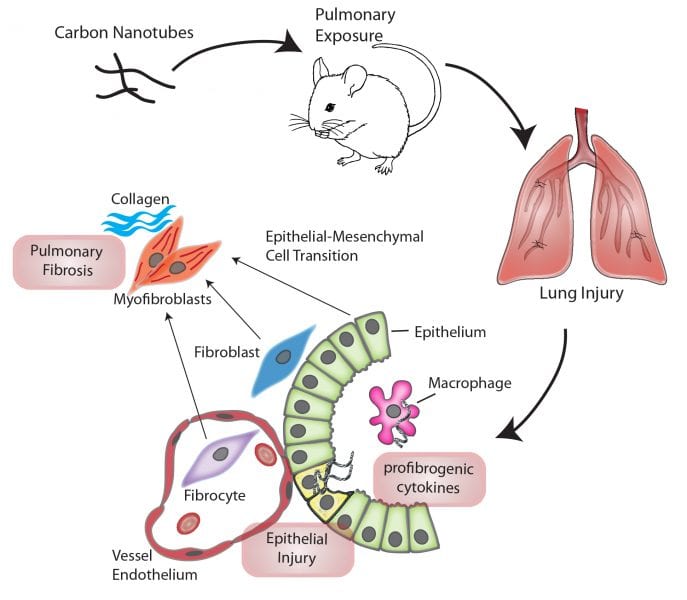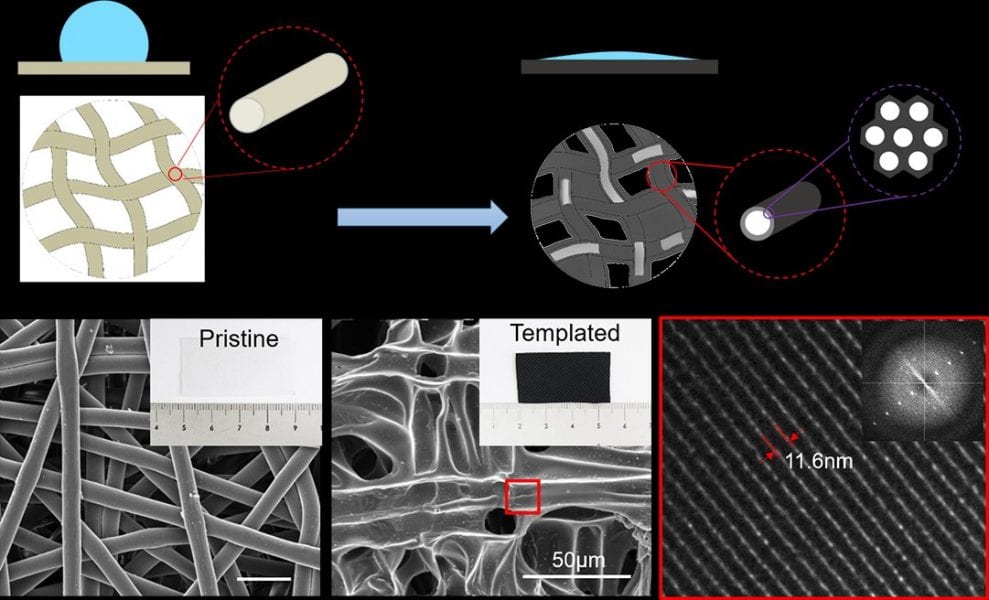Cutting edge research related to perovskite oxides and their derivatives for the carbon dioxide photoreduction reaction.


Cutting edge research related to perovskite oxides and their derivatives for the carbon dioxide photoreduction reaction.

University of Stuttgart partners with Montana State University to conduct research on the long term underground storage of carbon dioxide.

Pulmonary exposure to carbon nanotubes can result in direct interaction with cells in the lung and result in an increased myofibroblast population thereby enhancing fibrogenesis, the severity of which is determined by physicochemical characteristics of the nanotubes and genetic susceptibility.
An Advanced Review by Oliver Lah outlines the key elements of a low-carbon stabilization pathway for land transport, focusing on the potential of key policy measures at the local and national level, opportunities for synergies of sustainable development and climate change objectives and governance and institutional issues affecting the implementation of measures.

The project CO2MIN will explore the absorption of CO2 from flue gas by the minerals olivine and basalt.

Highly efficient, red-emissive carbon quantum dots (R-CQDs) with a quantum yield of 53% are prepared and a CQD-phosphors-based warm white-light-emitting diode (WLED) is realized for the first time.

Functional porous carbon fabrics were presented with hierarchically porous structures of meso-pores in nanoscale nesting on fiber networks with cylindrical pores in micrometer scale.
If 2°C warming by 2100 is to be prevented, it will become important to adopt strategies that not only avoid CO2 emissions, but also allow for the direct removal of CO2 from the atmosphere.

Researchers have developed a high-performance, flexible air electrode for the Zn–air battery by devising a simple fabrication technique.

In Advanced Materials, researchers report for the first time the application of graphitic carbon nitride derivatives for cryopreservation of biological systems.